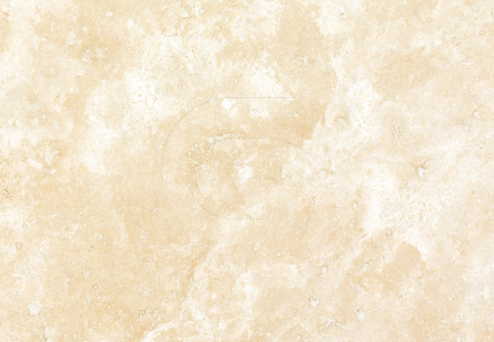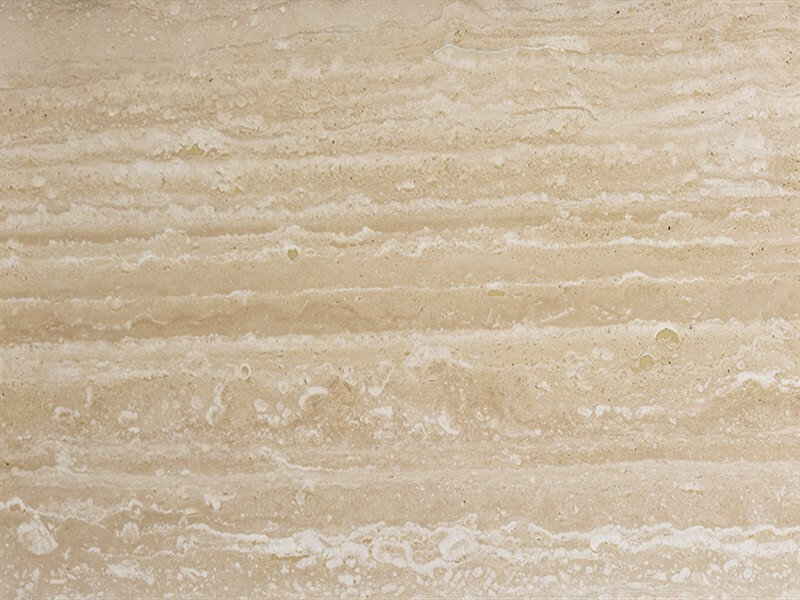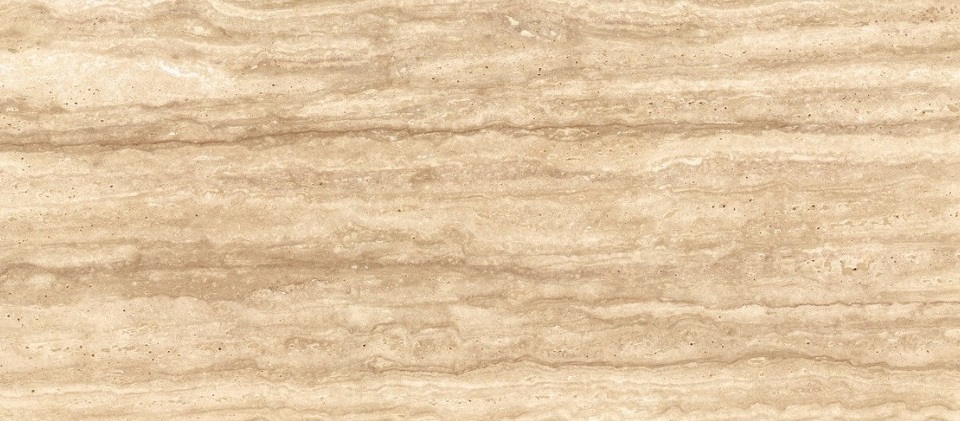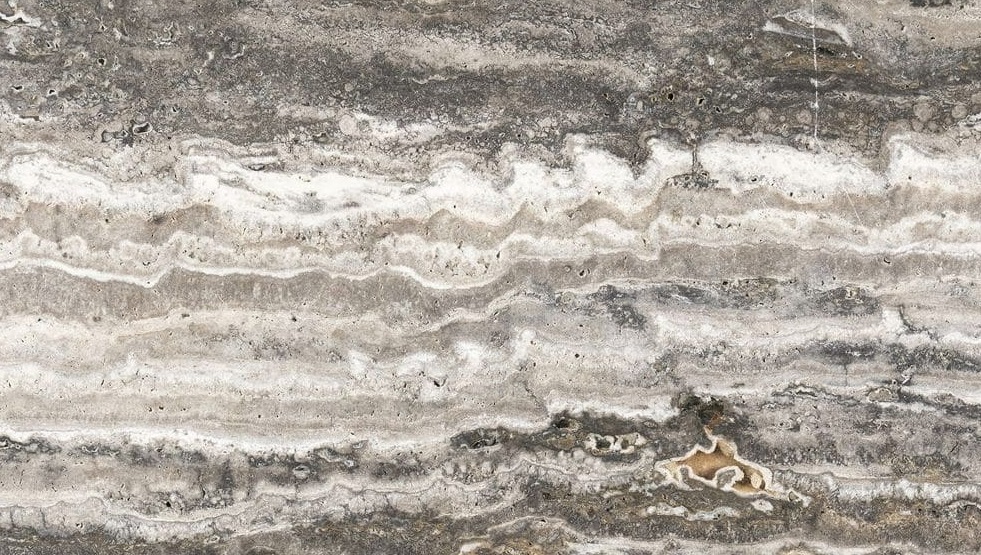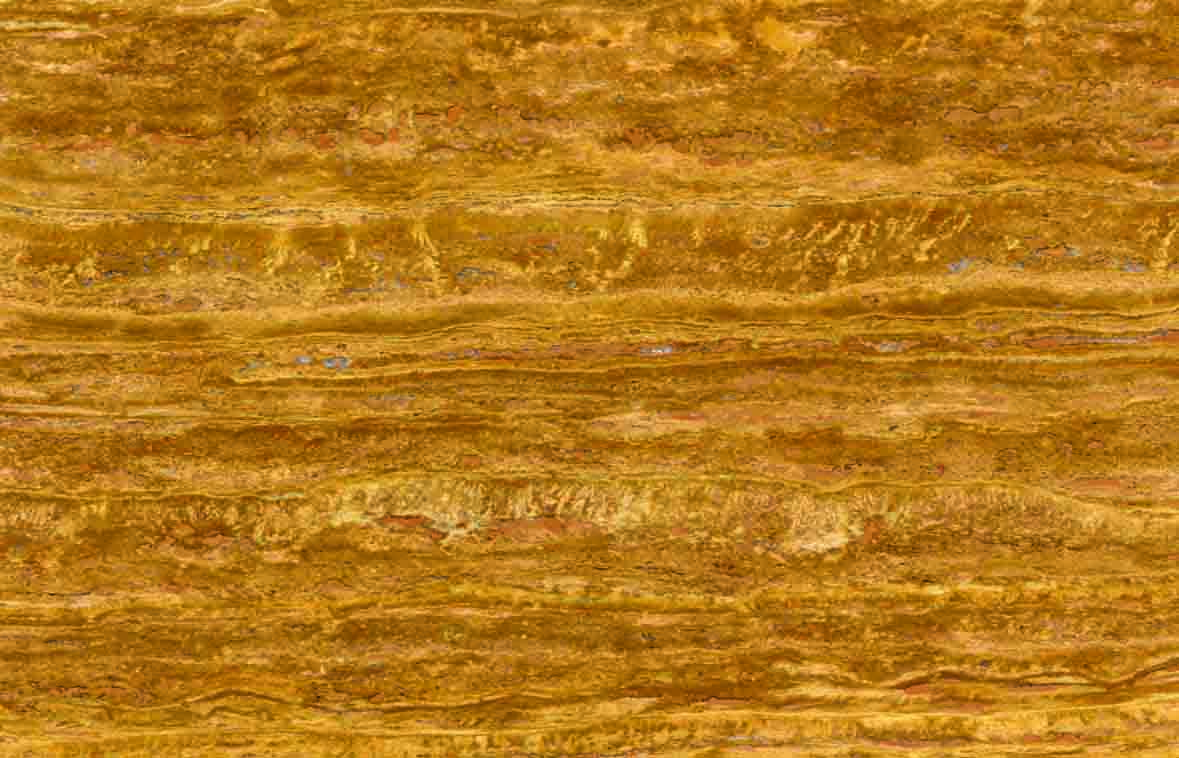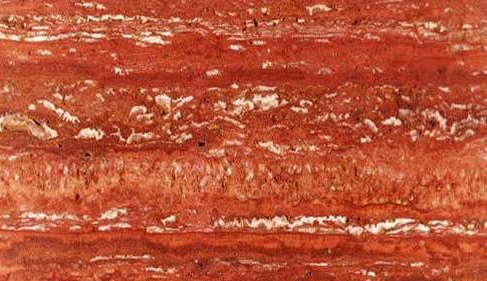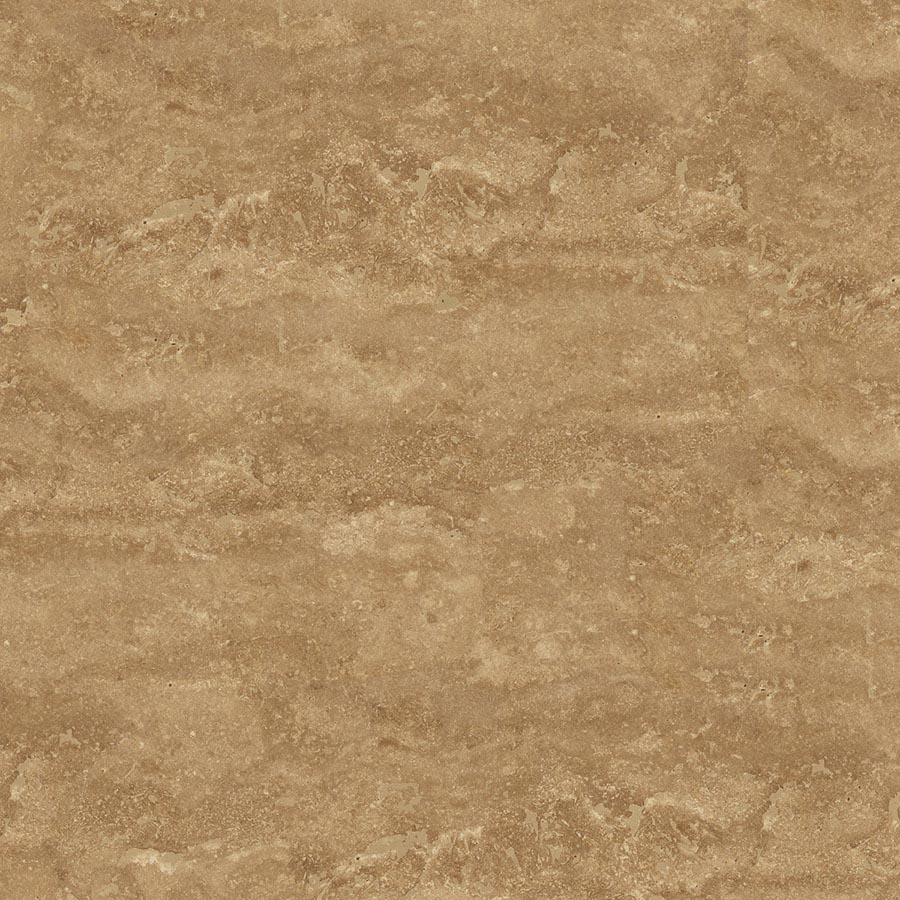Travertine
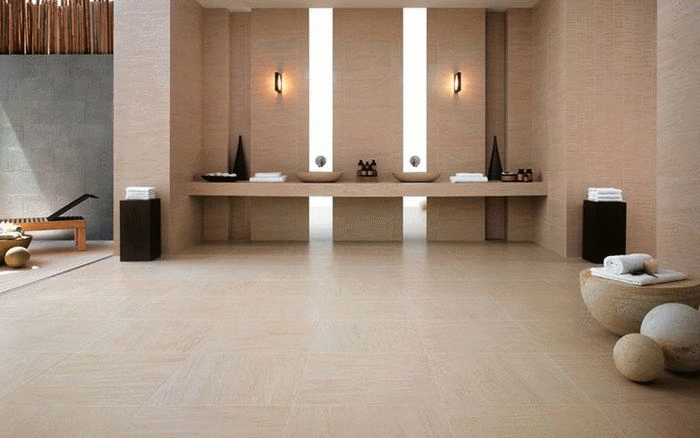
Travertine is generally used for floors, walls, countertops and for outside as cladding and pavement. In its original form, travertine has many holes and voids that are generally filled with grout and then honed or polished, which produces a uniform surface more like other marbles. Unfilled travertine is also quite beautiful, and is often seen as exterior surfaces of buildings. Travertine stones result from hot spring water penetrating up through underground limestone. After water evaporates, it leaves layers of dissolved limestone and other minerals, giving it its banded appearance. Travertine stones are generally light-colored beiges and tans.
Travertine is a form of limestone with unique porous veins that give the milled tile their beauty. The stone is found in a wide variety of natural colors, and four different finishes may be applied to individual tiles. Travertine has long been used in many of the most beautiful buildings in the world. Today, in addition to being an excellent flooring material, travertine tiles may also be used as pavers, countertops, stair treads, columns, sinks, and even bathtubs.
Natural stone derived from limestone, such as travertine, is perceived to be a luxury item and is used in residential and commercial spaces to achieve a visual effect that communicates success, good taste, and affluence. However, because the stone is porous, the possibility of staining is present. This has led to the overall perception that travertine is a luxurious surface that lacks practicality. Fortunately, modern methods of milling and sealing the stone make staining much less worrisome leaving one with simply the aspect of luxury.
Travertine Benefits:
-Travertine provides a durable surface with a proven history of longevity.
-Travertine provides additional structural strength to property.
-The natural travertine colors and patterns vary from surface to surface making each installment unique.
-Travertine instills a sense of pride in ownership, because of its authenticity.


